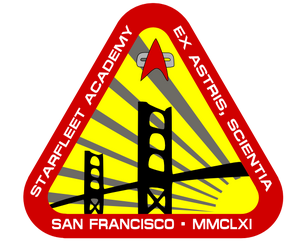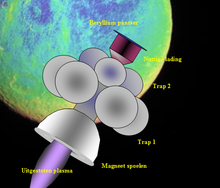"Dari Pencipta Jagat Raya, Kami Mendapat Ilmu"
First
Located at Indonesia
The next 25 years latter
Indonesian Space Sciences & Technology School
The next 50 years latter
The next 70 years latter
The next 100 years latter
The next 100 years latter
The next 150 years latter
The next 250 years latter
The next 500 years latter
The next 1000 years latter
The next 2000 years latter
Guru Besar Teladan, Pemberi Inspirasi:
You might also be searching for the game, comic, or novel titled
Star Trek: Starfleet Academy.
Located at Indonesia
The next 25 years latter
Indonesian Space Sciences & Technology School
The next 50 years latter
The next 70 years latter
The next 100 years latter
The next 100 years latter
The next 150 years latter
The next 250 years latter
The next 500 years latter
The next 1000 years latter
The next 2000 years latter
Guru Besar Teladan, Pemberi Inspirasi:
| Baharuddin Jusuf Habibie |  |
You might also be searching for the game, comic, or novel titled
Star Trek: Starfleet Academy.
- "I am a graduate of Starfleet Academy. I know many things."
-
- Worf, (DS9: "The Darkness and the Light")
 |
| Official logo, circa 2372. |
Starfleet Academy (also referred to as the Space Academy) was the primary service academy of Federation Starfleet. It was officially established in 2161 with the motto Ex Astris, Scientia, to serve as a training facility for Starfleet officers. The headquarters of Starfleet Academy are located in the Presidio in San Francisco. The Academy program typically lasted four years, though certain programs have lasted five, six or eight years. (TNG: "The First Duty", "Conundrum", TOS: "Bread and Circuses".
Department of Universe Academy:
A. Cosmology and Philosophy
B. Science and Technology Department
1. Starships
2. Space Stations
3. Tools
4. Medical Equipment
5. Transporter Technology
6. Borg Technology
7. Computer Technology & Communications Technology
8. Holographic Technology
9. Propulsion Technology
C. Inter Planet and Stars Relationship Department
C. Inter Planet and Stars Relationship Department



